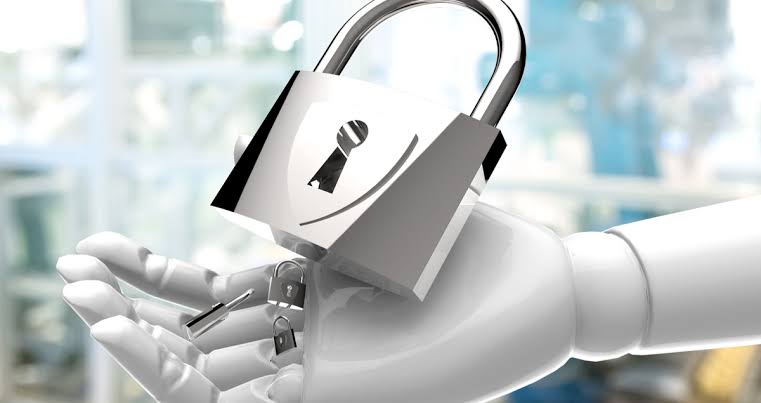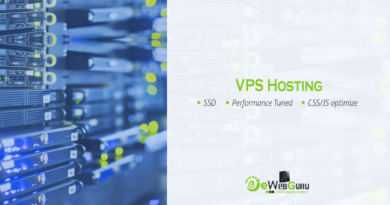5 Technologies that will dominate the security sector
The best way to determine if your business’s security systems are still doing their job is to compare what you have to the technologies that promise to impact the security sector in the coming months. While deciphering the future is never an easy task, new technologies and resources will become increasingly important in the long run, as outdated systems leave your business open to new vulnerabilities. By leveraging the latest technology and tools, we are able to ensure our business’s safety and security regularly, and conducting a physical security risk assessment is a great place to start to determine your exact needs.
As we look at today’s trending security technologies, we can see how the sector is continuing to evolve, building off older systems and features that used to be top of the line. After auditing your physical security, see if these top security technologies can help strengthen your strategy.

1. Artificial Intelligence
Artificial Intelligence (AI) has become widely adopted in many industries, but its complexities and use cases differ from industry to industry. In security, deep learning is used primarily for video analytics, but the technology is present in many other applications and we expect to see more products leveraging AI in the future. Systems like access control, visitor management, and building intercoms are likely to see huge strides as AI becomes more widely available.
2. Cloud and Edge Computing
Few organizations in the public and private spheres are not relying on the cloud in some capacity. Many of them have already transferred their entire infrastructure to a cloud-based model, that is, centralized in one or more data centers or managed by a third party rather than on-site. Especially in scenarios where the exponential increase in data volume can be overwhelming, such as with constant video surveillance monitoring. The cloud provides unlimited data storage, and can even create a centralized database across multiple sites or locations.
Another benefit of the cloud is that it allows for edge computing. In simple terms, edge computing places more data processing at the ‘edge’ of the network, close to where the data is collected by the sensor and prior to transfer to the data center. For the video and security industry, edge computing means processing data within the camera or door reader itself to significantly reduce the demands on data storage and transfer bandwidth. Additionally, data can be anonymized and encrypted before being transferred, addressing security and privacy issues.
3. Cybersecurity
Cyber attack security is relatively new, but it is becoming one of the most important factors of any security strategy. For many years, physical security was analog. IT teams cared little about cameras, door readers, or access credentials. However, with the popularization of digital video surveillance as one of the most important security features, and mobile access and visitor systems, the situation has changed. Today’s security landscape demands new adaptations from the professionals in the cybersecurity market, with the ability to stay ahead of hacker activity, and minimize damages in the event of a security breach.
4. Smart Technologies to Benefit the Environment
Sustainability is more than just recycling. These days, businesses need to leverage data and technology to help them create more environmentally conscious buildings. One example is the use, in offices, of cameras equipped with intelligence to identify the number of people in the environment, and regulate the air conditioning based on that data. Today’s advanced security technology can use occupancy and access data to inform smarter HVAC, lighting, and power usage, and optimize supply chains in real time.
5. Integration Between Sensors for Smart Responses
Individually, building sensors can provide significant benefits. However, the main trend in security right now is the combination and integration between various sensors to trigger ‘smart’ actions. Video cameras provide visual verification of access events, which can send out alerts, trigger alarms, and contact first responders in the event of an emergency. In business settings, security systems that communicate with one another means teams are alerted to issues as they occur, and can respond faster and more accurately.
Making smart security system investments starts with knowing your risks, and getting the best technology for your unique needs. Regular physical security risk assessments, along with following the latest security industry trends, gives your business a head start on the newest threats and vulnerabilities.



